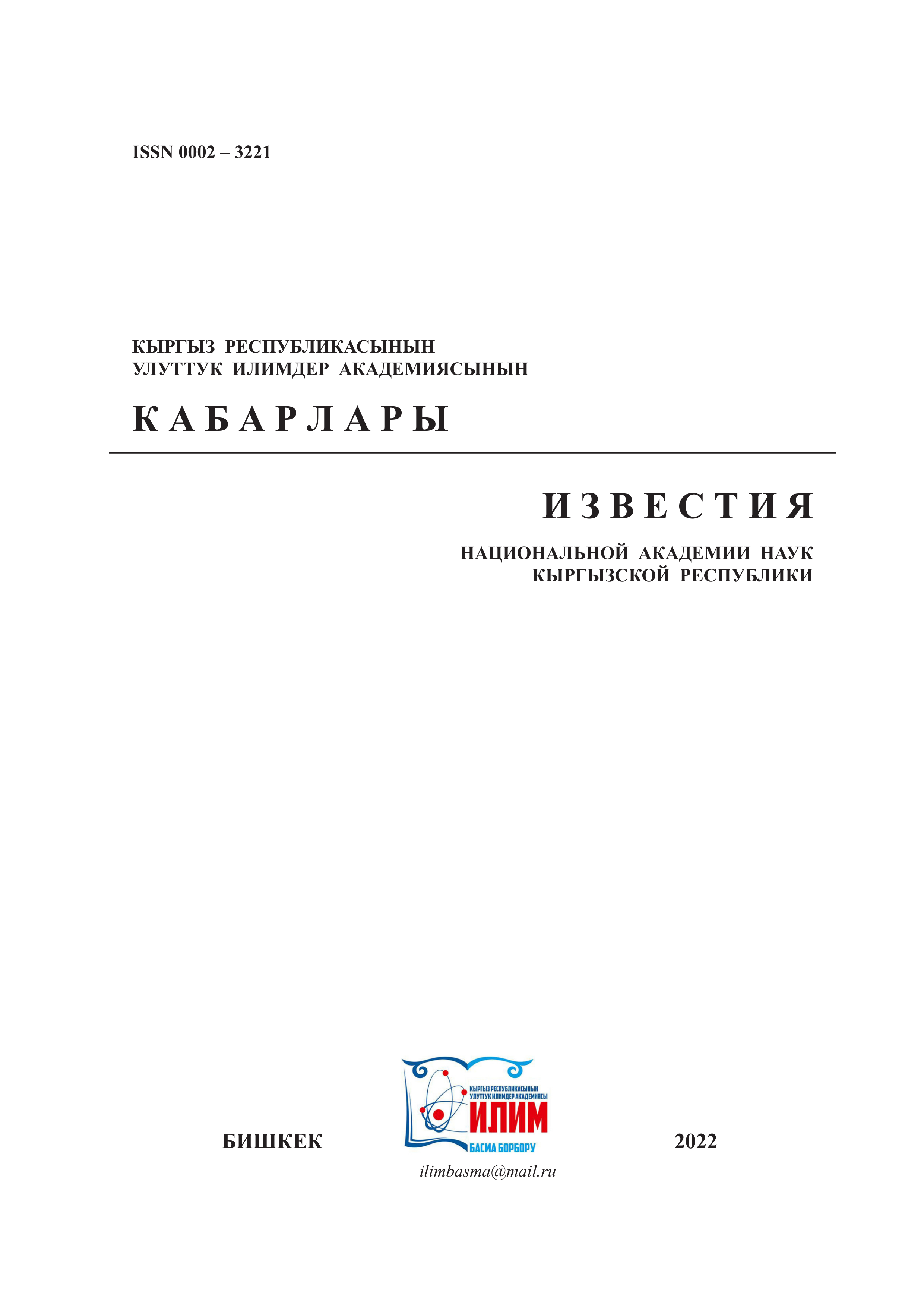CONTRIBUTION OF OZONE TO ADAPTATION PROCESSES TO HYPOXIA
Keywords:
erythrocytes, ozone, gas transmitter, nitrogen monoxide, hydrogen sulfide.Abstract
The evaluation of the features of the erythrocyte response to the action of ozone in
experiments in vitro was carried out. An increase in the effect of this gas on the parameters of oxygen
transport in a suspension of erythrocytes was revealed, which is more pronounced with the addition of a
donor of gas-transmitter nitrogen monoxide (nitroglycerin) and is not observed with the introduction of
hydrogen sulfide.Incubation of erythrocyte suspension with ozone causes the development of oxidative
stress, which is manifested by an increase in the concentrations of diene conjugates, malondialdehyde, and a
decrease in catalase activity, which indicates an overload of antioxidant defense mechanisms. Nitroglycerin
and sodium hydrosulfide do not change the activating effect of ozone on the processes of free radical
oxidation, however, they activate the enzymatic link of the antioxidant defense catalase.
References
Kuhn V., Diederich L., Keller T.C. et al. Red Blood Cell Function and Dysfunction: Redox Regulation, Nitric Oxide Metabolism, Anemia // Antioxid Redox Signal. – 2017 – Vol. 26, No 13. – P. 718–742.
Cortese-Krott M.M. Red Blood Cells as a «Central Hub» for Sulfide Bioactivity: Scavenging, Metabolism, Transport, and Cross-Talk with Nitric Oxide // Antioxid Redox Signal. – 2020. – Vol. 33, No 18. – P.1332–1349.
Bianco C.L., Savitsky A., Feelisch M. et al. Investigations on the role of hemoglobin in sulfidemetabolism by intact human red blood cells // BiochemPharmacol. – 2018. – Vol. 149. – P. 163–173.
Lacerda A.C., Grillo R., Martins C.B. et al. Efficacy of biostimulatory ozone therapy: Case report and literature review // J Cosmet Dermatol. – 2022. – Vol. 21, No 1. – P. 130–133.
Зинчук В.В., Билецкая Е.С. Особенности влияния озона на кислородзависимые процессы крови при гипоксических условиях // Регионарное кровообращение и микроциркуляция. – 2021. – Т. 20, No 3. – С. 70–76.
Зинчук В. В. Эффект озона на кислородтранспортную функцию и прооксидантно-антиоксидантный баланс крови в условиях воздействия на NO-генерирующую систему в опытах invitro // Рос. физиол. журн. им. И. М. Сеченова. – 2021. – Т. 107, No 1. – С. 16–27.
Kahn M.J., Maley J.H., Lasker G.F., Kadowitz P.J. Updated role of nitric oxide in disorders of erythrocyte function // Cardiovasc. Haematol. Disord. Drug Targets. – 2013. – Vol. 13, No 1. – P.83–87.
Coen H. Wiegman, Feng L., Bernhard R. Oxidative Stress in Ozone-Induced Chronic Lung Inflammation and Emphysema: A Facet of Chronic Obstructive Pulmonary Disease // Frontiers in immunology. – Vol. 11. – 2020. – P.1–13.
Zhang P., Li F., Wiegman C.H. et al. Inhibitory effect of hydrogen sulfide on ozone-induced airway
inflammation, oxidative stress, and bronchial hyperresponsiveness // Am J Respir Cell Mol Biol. – 2015. – Vol. 52. P. 129–37.
Зинчук В.В., Билецкая Е.С., Гуляй И.Э. Эффект озона на кислородтранспортную функцию и проок-
сидантно-антиоксидантный баланс крови в условиях воздействия на no-генерирующую систему в опытах invitro // Российский физиологический журнал им. И. М. Сеченова. – 2021– Т.107, No1. – С. 16–27.
Bocci V. How a calculated oxidative stress can yield multiple therapeutic effects // Free Radic Res. – 2012. Vol. 46, No 9. – P. 1068–1075.
Kishimoto S., Maruhashi T., Kajikawa M. et al. Hematocrit, hemoglobin and red blood cells are associated with vascular function and vascular structure in men // Sci Rep. – 2020. – Vol. 10, No 1. – P. 11467.
Dei Zotti F., Verdoy R., Brusa D. et al. Redox regulation of nitrosyl-hemoglobin in human erythrocytes // Redox Biol. – 2020. – Vol. 34. P.101399.
Dei Zotti F., Lobysheva I.I., Balligand J.L. Nitrosyl-hemoglobin formation in rodent and human venous erythrocytes reflects NO formation from the vasculature in vivo // PLoS One. – 2018; – Vol. 13, No7. – P. 1–20.
Rifkind J.M., Nagababu E. Hemoglobin redox reactions and red blood cell aging //Antioxidants Redox
Signal. 2013; – Vol. 18, No17. – P. 2274–2283.

